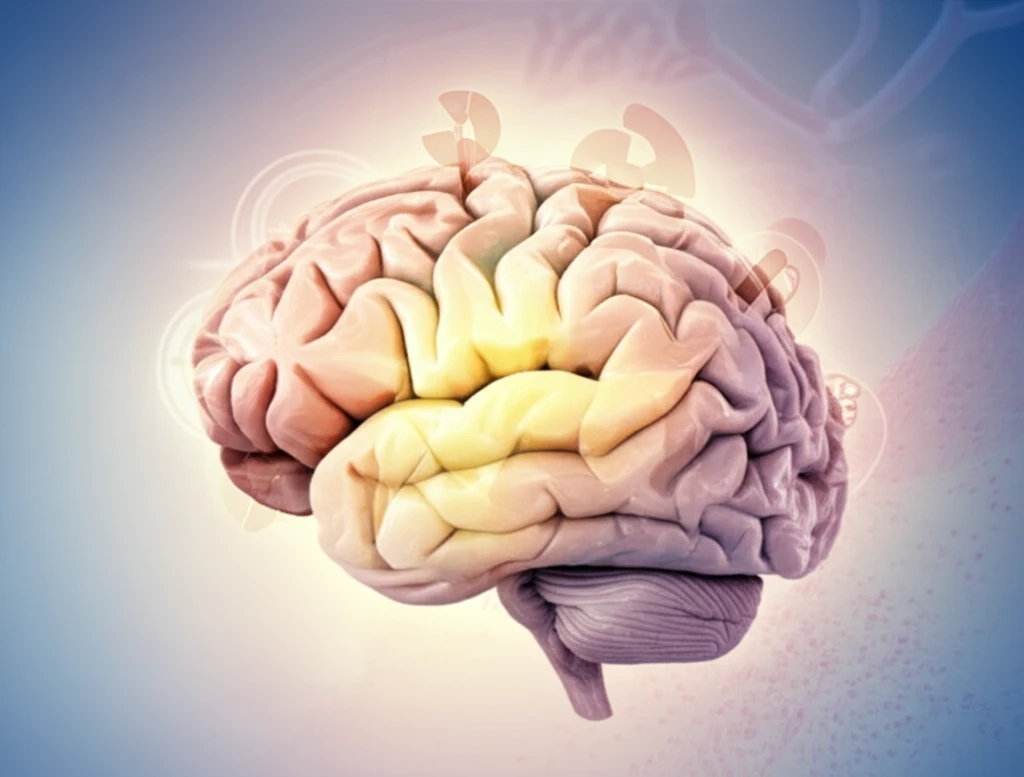
Radiation Therapy and Cancer: Unveiling Its Impact on Survival Rates
"A Deep Dive into How Radiation Therapy Affects Leptomeningeal Carcinomatosis and What Factors Influence Treatment Success"
Leptomeningeal carcinomatosis (LMC), a condition where cancer spreads to the membranes surrounding the brain and spinal cord, affects approximately 5% of all cancer patients. This complication disrupts the central nervous system, leading to significant health challenges. Without intervention, the median survival is a grim 4-6 weeks, but treatment can extend this to 8-12 weeks. Over recent decades, LMC incidence has risen due to enhanced diagnostic tools and improved cancer treatments, ironically increasing the risk of cancer cells invading the subarachnoid space.
While intrathecal chemotherapy, which involves direct drug delivery into the cerebrospinal fluid (CSF), remains a primary treatment, radiation therapy (RT) is often used alongside it to target specific sites and alleviate pressure. However, the overall survival benefits of RT are less conclusive, partly due to the poor prognosis and rapid neurological deterioration associated with LMC, making randomized trials difficult. Therefore, RT is often considered a supplementary therapy.
To clarify the effectiveness of RT, a comprehensive review was conducted to assess its impact on survival in LMC patients with primary breast or lung cancers. This analysis identifies key factors that determine which patients experience a survival benefit from RT, aiming to provide a more targeted and effective approach to treatment.
Who Benefits from Radiation Therapy? Key Factors Identified

A systematic review was conducted, analyzing studies that included information on patient profiles, such as age, median survival, diagnosis timeline, cancer type, treatments received, performance score, and presence of systemic disease. Studies were excluded if they were case reports, written in languages other than English, or lacked detailed patient profiles.
- Karnofsky Performance Scale (KPS) >60: This indicates a higher level of functionality and overall health.
- Intrathecal (IT) Chemotherapy: Direct delivery of chemotherapy into the cerebrospinal fluid.
- Systemic Therapy: Use of drugs to target cancer cells throughout the body.
- Hormonal Receptor Status: The presence of hormone receptors on cancer cells, which can be targeted with specific therapies.
- Severity of Systemic Disease: Less extensive spread of cancer throughout the body.
Improving Outcomes for LMC Patients
This review underscores the importance of carefully assessing patient profiles to determine who will benefit most from radiation therapy. While RT plays a crucial role in managing LMC, its effectiveness is significantly influenced by factors such as the patient’s overall health, the extent of systemic disease, and specific treatments received. By identifying these key indicators, clinicians can better tailor treatment plans, improving survival rates and quality of life for patients with leptomeningeal carcinomatosis.
